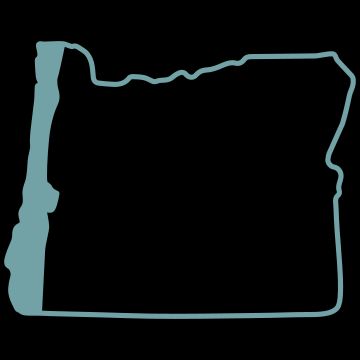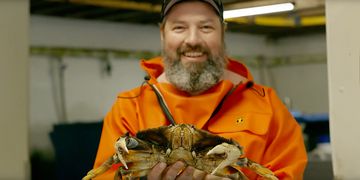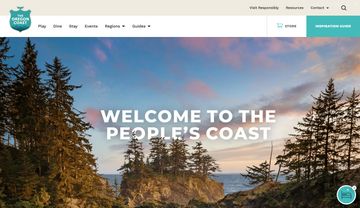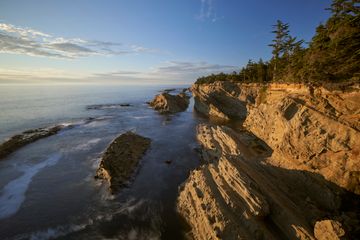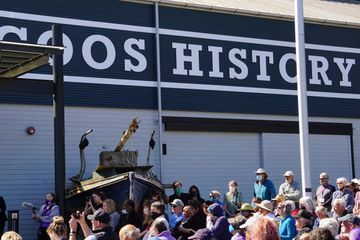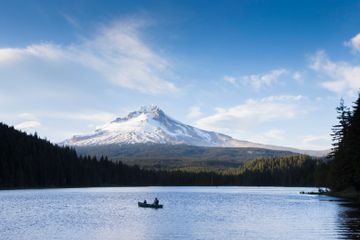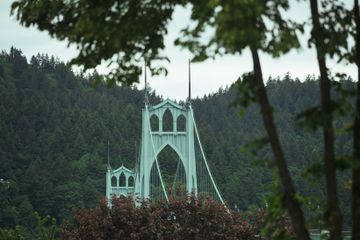Even before COVID-19, the Oregon Coast’s recreational trails were heavily impacted by growing participation in outdoor recreation from national travelers and day-tripping Oregonians. Land managers were clearly expressing their limited capacities to maintain and repair high impact areas, while at the same time tensions between local residents and visiting recreationalists were rising.
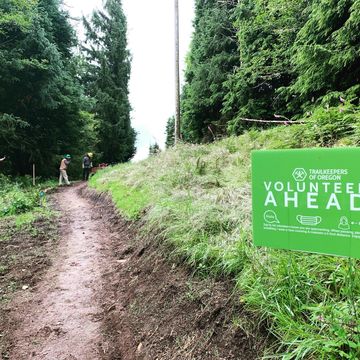
Public health awareness around the importance of exercise and participation in the outdoors steadily increased, as did local sentiment that the coastal quality of life was being negatively impacted and degraded by visitors. The COVID-19 pandemic amplified this and blew the top off all these emerging dialogues and efforts to address these issues.
Trailkeepers of Oregon (TKO) is well known for their stewardship and trail maintenance work in the Columbia Gorge. Expanding their operations to the Oregon Coast was in the stars, and OCVA’s hopes for community-building around the creation of coastal trail maintenance groups was on the table.
Goals
OCVA’s hopes were and continue to be the creation of 10 coastal-based trail maintenance groups paired with the 10 different Oregon Coast Trail segments.
The RDMO saw an opportunity to simultaneously support the good work of state and federal land managers, invest in local quality of life for coastal residents, participate in community-building by forming trail maintenance groups, and increase the visitor experience by repairing and maintaining hundreds of miles of recreational hiking trails. And that’s exactly what we’re continuing to do!
The 2020 Oregon Tourism Stakeholder Survey for the Oregon Coast indicated 43% felt that tourism related infrastructure was an immediate recovery priority and 60% a longer-term priority for tourism planning. The top-rated concern (3.6 out of 5) was overburdened public resources including open spaces.
This paired well with the findings of OCVA’s 2018 Oregon Tourism Engagement Survey which revealed that 71% of responding stakeholders indicated that developing and improving infrastructure “for visitors to experience outdoor recreation and nature-based tourism,” was a high or very high priority.
Results
From the Coast’s northern recreational sites such as Ecola State Park, Oswald West State Park, and Neahkahnie Mountain; to the Central Coast recreation destinations of Cascade Head; to the Samuel Boardman Corridor on the South Coast, many of OCVA’s goals have been realized. Even city parks like the Hoquarton Interpretive Trail in Tillamook County have benefited from this effort.
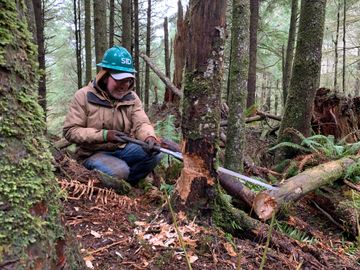
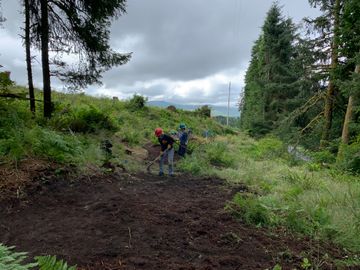
To date, OCVA’s investment has resulted in 121 trail events, 659 volunteers, 3,146 volunteer hours and $85,584 leveraged as in-kind value. More than 400 miles of trails have been assessed and maintained. For example, the Neahkahnie trail gap alone required more than 44,000 pounds of gravel toward reconstruction, and a Trail Development Workshop is being launched at Cascade Head.
As testimony to this work, OCVA has received unequivocal and overwhelming positive feedback from cities and county officials as well as numerous state and federal land managers regarding their enthusiasm and gratitude for TKO’s work.
In addition to the $85,584 in leveraged in-kind value, OCVA has also utilized the Oregon Trail Fund program to realize a $13,950.00 reimbursement for qualifying work on U.S. Forest Service (USFS) properties as the result of the partnership between Travel Oregon and the USFS.

